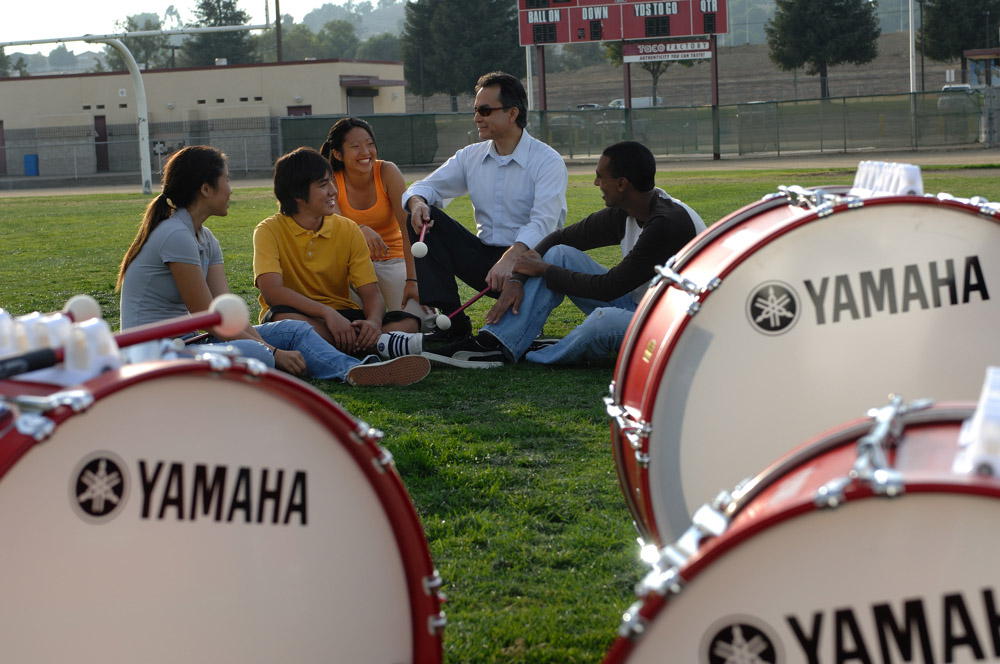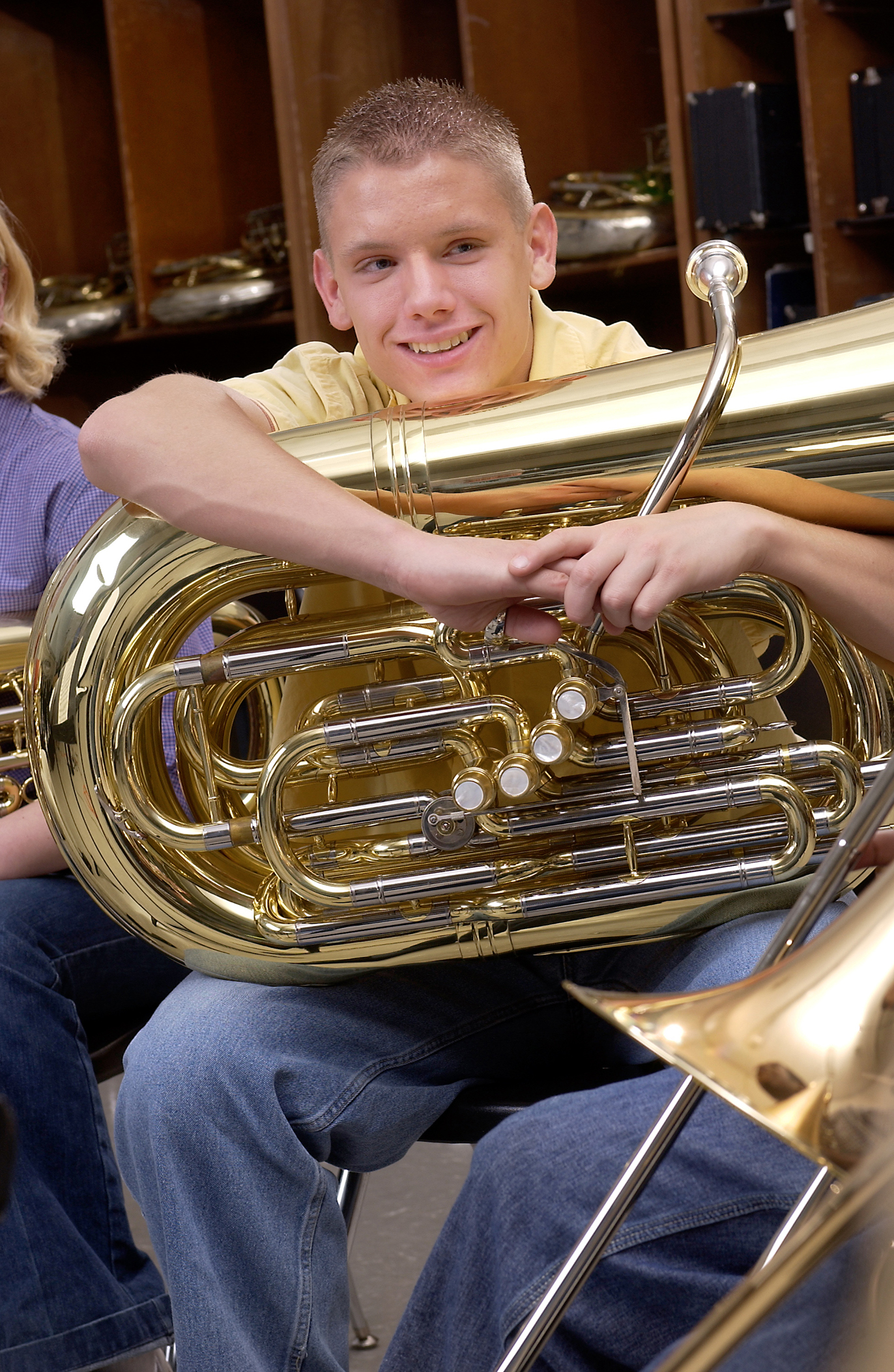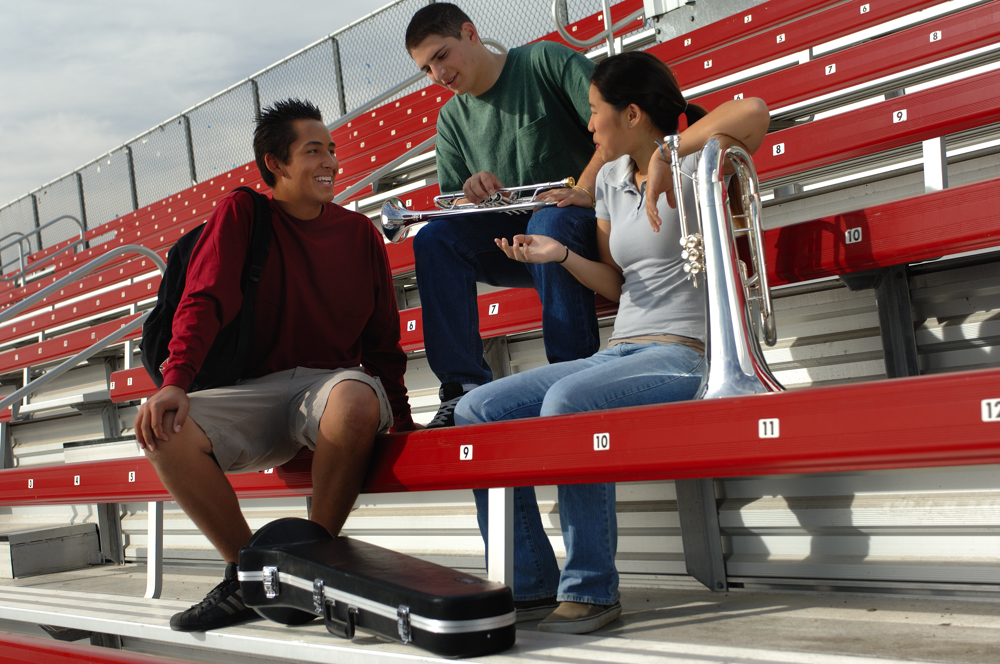The Top “15” Booster Club Mistakes
The top booster club mistakes listed randomly. Republished with permission from the National Booster Club Training Council. www.training.boosterclubs.org
The top booster club mistakes listed randomly. Republished with permission from the National Booster Club Training Council. www.training.boosterclubs.org

1. Senior parents running the booster club
Booster clubs can dramatically reduce the learning curve for volunteers by establishing the framework whereby the clubs officers are made up of junior or underclass parents. Allowing the senior parents to step aside at a time when their focus is most needed on supporting their son or daughter’s next step into college, scholarships and senior party activities. This move will help to provide incoming club officers with mentors and existing support channels.
Tip #1: Develop a recruiting and awareness campaign that you can promote to the local middle and junior high schools. Contact the schools 8th grade parent group or the 8th grade advisor and ask if you can deliver flyers to the school so that each 8th grader can take one home for their parents. The flyer should be an invitation to attend your next booster club activity or event. Letting them know your group welcomes them to the school will help increase your parent participation as well as your awareness and set the stage for allowing your senior parents to become mentors instead of distracted leaders.
Tip #2: Work with your school’s administration towards establishing an active role during freshman orientation. Setup a club table and position yourself so that all parents can easily see you. Promote a drawing giveaway for a school shirt, hat or tickets with concession items to the next home football game in exchange for the freshman parent signing their name and providing their contact number and/or email address where

2. Isolating a club
The majority of parents and school supporters rarely understand exactly “what” the booster club is. This is because it is common for a booster club to stay completely isolated and involve only parent supporters from their given activity or program. When a booster club realizes that the involvement from parents and supporters outside of their own group can and will provide enhanced help and support they can expand and provide a greater level of support to their activity or program.
Tip #1: By providing opportunities for other groups like the football boosters asking the cheerleaders and band to take an active part in events (spaghetti feed, tailgate parties, dances, etc.) that your group conducts, you will attract the involvement and support from parents outside your circle.
Tip #2: Hold open house type events where you invite past club officers, community supporters, alumni, administrators and parents to attend. An old fashioned barbeque put on for the entire school and paid by the booster club can gain a great deal of support. Seeking local vendors can offset the costs making this a fun and affordable event. www.training.boosterclubs.org
National Booster Club Training Council “Providing Booster Club – Guidance – Education – Training & Support” 15 Most Common Booster Mistakes
3. Conducting consecutive and/or multiple fundraisers
Fundraising has become a necessary evil and for many booster clubs a means to insuring the continuation of the activity they support. A continual mistake made by many clubs is running one fundraiser after another or running multiple fundraisers at a time. This dramatically distracts from the need, the goal and the reason for fundraising. Picking the “right” fundraiser that meets the clubs needs and goals, then running a program no more than 3 weeks with a clear and defined reason for fundraising will increase the rewards and reduce volunteer burnout.
Tip: Doing many fundraisers does not mean raising more money. Doing a few fundraisers over the course of a year and doing them well produces better results. Keeping your program short (3 weeks max) will keep them motivated. Never do more than one fundraiser at a time. Keep the goal in front of everyone, space your fundraisers out so people have down time, this will keep them moving and from burning out as you move closer to your goal.

4. Lack of mission and vision statement
A booster club without a mission or vision statement is kind of like a boat without a rudder. A common mistake for booster clubs is not taking the time to develop a mission statement. Identifying why the club exists and what its mission is, plays a very important role in helping to attract volunteer support both from the school and the community alike. It also helps provide a club with a road map of what it is trying to achieve.
Tip: Make sure your mission or vision statement includes the following features: (a) it identifies who you are, (b) it defines your group’s objectives, and (c) it gives volunteers and supporters a clear understanding of why you exist.
5. A lack of an Executive Booster Club
Establishing an executive booster club to help oversee each independent club like football, band and cheerleading will help to increase parent participation, control conflict, help to establish a stronger voice for gathering support and to provide a self serving system for resolving issues. In addition, the establishment of an executive club will help encourage all parents to become involved, regardless of whether or not their son or daughter are involved in a given activity or program.
Tip: If your school already has multiple booster clubs contact your schools administration and arrange for a time where you can meet to share the plan of developing a “main” or “executive” booster club to expand the parent involvement at the school. Contact each president or leader of each club and ask them to meet with you and the other club leaders for the purpose of helping to position the booster clubs where all can benefit. Getting a school administrator to help promote the idea will expedite the building process.
6. Gaining tax exempt 501(c)(3) status
Estimates show that only 12% of booster clubs have taken the steps to register and become tax exempt organizations, thus giving them and their organization the ability to legally promote and to gain donor contributions with a tax benefit.
Tip: Although filing for 501(c)(3) status is lengthy the benefit is worth the effort. Gain the support from a local attorney and accountant who will be willing to donate some time to assist your organization in filing the paperwork correctly and then helping to see that it remains current.
7. Accounting policies and procedures
An overwhelming 90% of booster clubs recently polled responded that they had not formally established any accounting policies and procedures. In addition, 78% stated that they were unsure if they had filed or were required to file tax statements. Establishing an accounting system that will properly track receivables and payables as well as the handling of funds is a must.
Tip: Quickbooks offers a non-profit accounting program that can be easily customized to offer all of the accounting features needed for a club. Develop your accounting policies and procedures book and build in sections that will outline the following areas: bank account information, policies for - making deposits, issuing checks, acceptable and non-acceptable expenses, making check reimbursement requests, petty cash and handling of money. It is also advised that you include sections that provide guidance on areas such as how much cash and what denominations should be used for starting concessions, raffles and tables selling goods.
8. Keeping in contact with friends, alumni and business supporters
Communication is a key component to helping build successful teams and programs. A coaching staff that cannot communicate will lose the game even with the best players. The same applies to a booster club who has not established a multiple level of communication techniques for keeping their events, activities and opportunities in front of parents, administrators, alumni and the community.
Tip: Develop a monthly newsletter and send it to current and past supporters. Provide ample opportunities to continually gather new and updated contact information. Including an online link from your club website where supporters can update their contact information.
9. Overstepping boundaries
Booster clubs are passionate supporters of the activity they endorse which means they can sometimes overstep their positions. Conducting meetings with school administrators and coaches to help gain a clear understanding as to what is and is not acceptable will help to reduce and prevent unneeded conflict and challenges between the booster club, the schools administrators and coaches.
Tip: Start the season or the school year with a three step planning process. Step 1: meet with your club officers and outline the plan of action for the coming year. Step 2: meet with your coach and his staff to determine their special needs and areas of concern. Share your clubs plans and goals and then match them to be supportive of the coach and the staff. Step 3: meet with your schools administration and gain their support of your plans as well as positioning your group to become an active part of the events during the school year. Establishing clear objectives with all parties will help dramatically reduce challenges.

10. Understanding the booster clubs job
Establishing a clear and detailed outline of what the booster club does will help to minimize any potential conflicts with ASB, DECA and the other organizations at the school.
Tip: A simple rule of thumb for club activities is to remember that we are all here to support the kids. Daytime, at school activities that provide kids with the opportunity to expand and enhance their learning skills should be left to the ASB and DECA groups. After school events such as football concessions and raffles are better suited for booster clubs and their supporters.
11. Keeping the club compliant with state and federal guidelines
It’s estimated that each year approximately 65% of clubs who have registered with their state let their registration lapse and become invalid simply because they weren’t aware that they needed to submit annual renewal fees and updated information. Just like any organization that is formed to conduct business, insuring that your club is properly registered and compliant with both state and federal guidelines is a must.
Tip: Make sure your club has developed a corporate book where your articles, by-laws, state and federal registration forms as well as minutes are all kept. Establish a location at the school where this information can be safely kept and accessed by your club.
12. Staying in-tune with district policies
Because of the continual change in club officers it is very common to find a booster club conducting its business without any understanding of the school districts policies or requirements.
Tip: Before the start of school or the season schedule a meeting with your principal or activities director to discuss school district policies that effect your activities.
13. Establishing a working relationship with school administrators and coaches
Booster clubs must take time to sit with the school’s administrators and coaches to establish a plan of action. Communicating with administrators is a key component to a healthy club and will greatly reduce the traditional barriers that have formed over the years.
Tip: Communication – clear and precise communication is a key to building any successful relationship with coaches and administrators. Remember we are there to support the needs of extra-curricular activities and all who participate in them.
14. Lack of policies and procedures
Understanding how to handle a given issue as well as the standard operating procedure for a given task is an area that most booster clubs neglect, which is the cause a great deal of confusion.
Tip: How you handle major issues should be outlined in your by-laws. Minor issues should be discussed regularly between club officers and a format for reaching a clear understanding must be achieved and then recorded for future reference.
15. Outlining job descriptions and areas of responsibility
Booster clubs must have a clear understanding of the responsibilities and job descriptions for each position including sub-committee or co-chair positions. A clear definition will increase the likelihood of a new volunteer stepping into the position come elections as well as helping to better organize the group throughout the year.
Tip: Put duties and responsibilities of each club position on the back of nomination forms as well as publishing for distribution at your first meeting of the start of each school year or season.